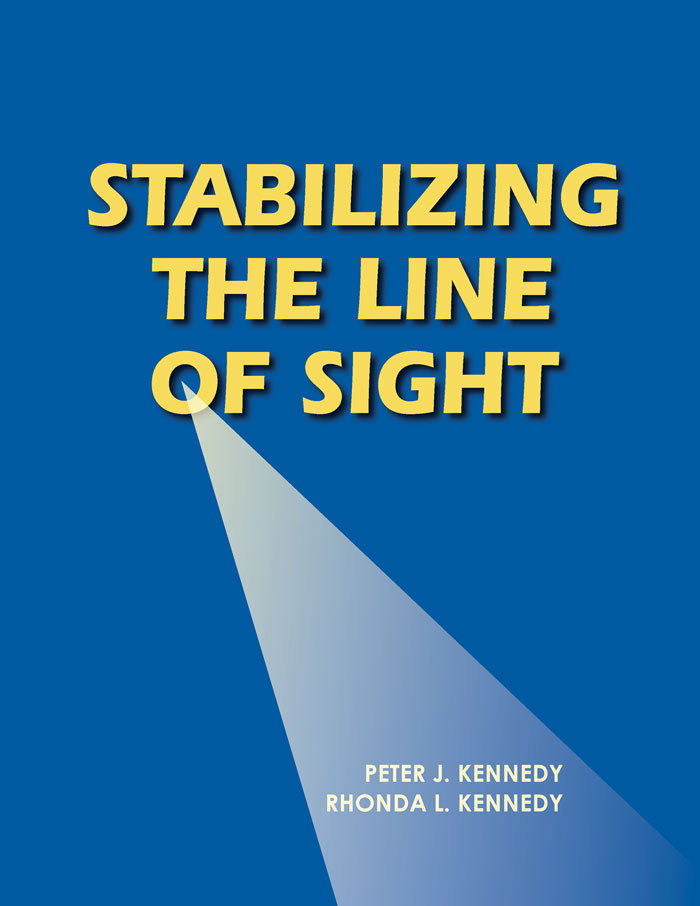|
Thursday, October 3, 2019 |
|

|
|
|

|
| sponsor |
 |
|
Machine Learning Speeds Metamaterial Design for Thermophotovoltaic Devices
A Duke University engineering team has used machine learning to design dielectric metamaterials that absorb and emit specific frequencies of terahertz radiation. Use of machine learning made it possible to calculate design requirements for the metamaterial in 23 hours — a process that without machine learning could have taken more than 2000 years, according to the team.
|
|
|
|
|
|
Light-Activated Biohybrid Bots Drive Muscle Activity Through Nerve Cells
Researchers from the University of Illinois at Urbana-Champaign have developed soft, microscopic, swimming biohybrid robots powered by skeletal muscle tissue that is stimulated by onboard motor neurons. The neurons have optogenetic properties — upon exposure to light, they fire to actuate the muscle tissue.
|
|
|
|
|
|
 Stabilizing the Line of Sight
Stabilizing the Line of Sight
Photonics Media
In Stabilizing the Line of Sight, authors Peter J. and Rhonda L. Kennedy provide a methodology and an example for executing a successful end-to-end line-of-sight (LOS) design. Comprehensive in scope, this book will give readers a better understanding of the relationships between the various engineering disciplines that are required for successful LOS control.
Visit Website
Request Info
|
|
|
|
|
Machine Learning Helps Tune, Characterize Quantum Dots Quickly
Using a machine-learning approach, scientists from the Universities of Oxford, Basel, and Lancaster are automating the process of characterizing and tuning individual semiconductor quantum dots for use as qubits. This machine-learning approach to tuning could reduce the measuring time and the number of measurements by a factor of approximately four compared with conventional methods of data acquisition.
|
|
|
|
|
|
Managing Crop Stress with Machine Learning, UAVs, and Hyperspectral Imaging
Iowa State University scientists are developing a machine learning system that could automate farmers’ ability to diagnose a range of major stressors in soybeans. The technology will use cameras attached to unmanned aerial vehicles to gather bird’s-eye images of soybean fields. A computer application will automatically analyze the images and alert the farmer of trouble spots.
|
|
|
|
|
|
Hollow-Core Fiber Technology Shows Low Loss, Longer Transmission Read Article
Lamprecht Named Next President and CEO of Carl Zeiss AG Read Article
Mount Sinai Establishes Biomedical Engineering and Imaging Institute Read Article
Quantum Foundry to Develop Materials for Quantum-Based Technologies Read Article
Photon Etc. Awarded Commercial Innovation of the Year at WMIC Read Article
|
|
|
|
Image Sensors Americas 2019
October 15-16, 2019 - Hayes Mansion, San Jose - San Jose United States
Image Sensors Americas brings together key decision makers from across the supply chain, encouraging high-caliber discussions around future trends in sensor applications, new technologies, and current sensor challenges and industry demands. The 2019 two-day event will include general sessions on Advancing Image Sensor Technology, Exploring Potential and Solutions, Next Gen Technology, and more, and will feature speakers from Facebook Reality Laboratory, SONY, On Semiconductor, Intel, IMASENIC Advanced Imaging S.L, and Dell.
|
|
|
|
OCT and Ophthalmology in the Age of Artificial Intelligence
Tue, Oct 8, 2019 1:00 PM - 2:00 PM EDT
Presenter Nishant Mohan, Ph.D., will provide an executive overview on how artificial intelligence (AI) is transforming the field of medical imaging, and will demonstrate how to develop a deep-learning AI system, giving attendees insight into how to use this powerful tool. He will provide specific examples of the application of AI in optical coherence tomography (OCT) imaging and show how the combination of these two techniques promises to have a significant impact on our understanding and treatment of ophthalmic disorders, and how this could hold important lessons for similar applications.
|
|
|
|
High-Power Diode Laser Solutions for Manufacturing Applications
Wed, Oct 9, 2019 1:00 PM - 2:00 PM EDT
Diode lasers support a diverse field of applications, where the optimum diode laser solution can be quite specific for each application. In this webinar you will learn about several key applications and how high-power diode laser solutions are optimized for each application. Also, you will learn how innovations ranging from corrosion-resistant cooling schemes to novel beam-shaping optics enable diode laser manufacturers to continue to improve solutions that service these applications. Examples will be taken from a range of industries, including medical devices. This webinar is sponsored by RPMC Lasers Inc., TOPTICA Photonics, and SemiNex Corporation.
|
|
|
|

CALL FOR ARTICLES
Photonics Media is currently seeking technical feature articles on a variety of topics for publication in our magazines (Photonics Spectra, BioPhotonics, Vision Spectra, and EuroPhotonics). Please submit an informal 100-word abstract to editorial@Photonics.com, or use our online submission form.
|
|
|
|
 |
|